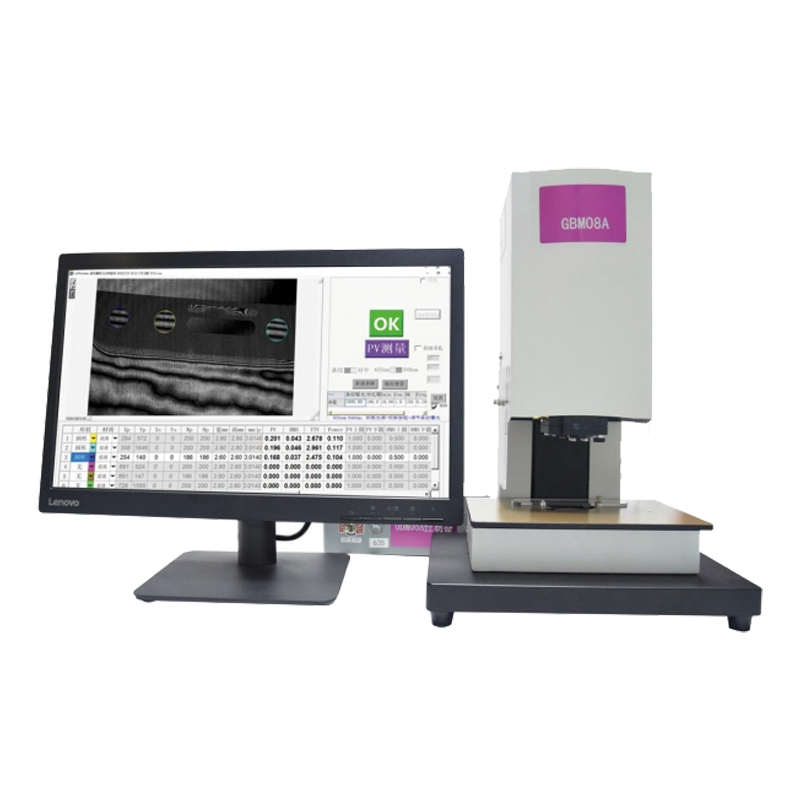
Products Series
- UV Radiometer
- UV Energy Meter
- Lens Transmission Meter
- Optical Density Meter
- Friction Testing Machine
- Coating Thickness Gauge
- Surface Roughness Gauge
- Gloss Meter
- Laser Interferometer
- UV/VIS spectrophotometer
Contacts

Phone:0755-23158752
Fax:0755-23763184
Mobile:15118149162
E-mail:nick@zreexing.com
Q Q:1144986731
Address:601, NO.1 building, hesheng Industrial Zone, hebei industrial park,Longhua New District, Shenzhen
Laser Interferometer

Description:
When the laser interferometer performs transmission measurement, the monochromatic light emitted by the laser light source will form interference fringes after passing vertically down the upper and lower surfaces of the detected element and being reflected by the standard reflector. The interference fringes generated at each point depend on the optical path difference of the two coherent light at the point. When the optical path difference is nλ+0.5λ, it is shown as dark fringe. When the optical path difference is nλ+λ, it is displayed as bright fringe.
Therefore, when the two faces of the tested element are not completely parallel and there is a wedge Angle, along the wedge Angle direction, the thickness of the element gradually increases, and the corresponding optical path difference gradually increases, and the spacing distribution of bright and dark stripes will be generated along the wedge Angle direction. The larger the wedge Angle, the denser the stripes.
Detection specification:
The PV value is mathematically defined as the Peak to Valley value, which is the difference between the maximum and minimum values. The unit is λ(wavelength). Corresponding to the transmission detection of the interferometer, is the thickness difference of the detected element.
RMS values are mathematically defined as root-mean-square values in λ(wavelength), which is a statistical value, and the size of the RMS reflects how discrete these data values are. Corresponding to the transmission detection of the interferometer, the smaller the RMS value, the better the thickness smoothness of the detected element, the les fluctuation.
The number of fringe roots is an intuitive representation of the thickness difference of the inspected element visible to the naked eye, and is linearly related to the PV value. The fewer the number of fringe roots, the smaller the thickness difference of the tested element.
Technical Parameter:
| Principle of Measurement | Fizeau's interference principle |
| Laser | He-ne laser |
| Wave Length | 635nm / 940nm |
| Effective Aperture | 12mm |
| Software | PVmeter dual porous software |
| Analysis Item | PV value , TTV, Power value , RMS value |
Next:No record